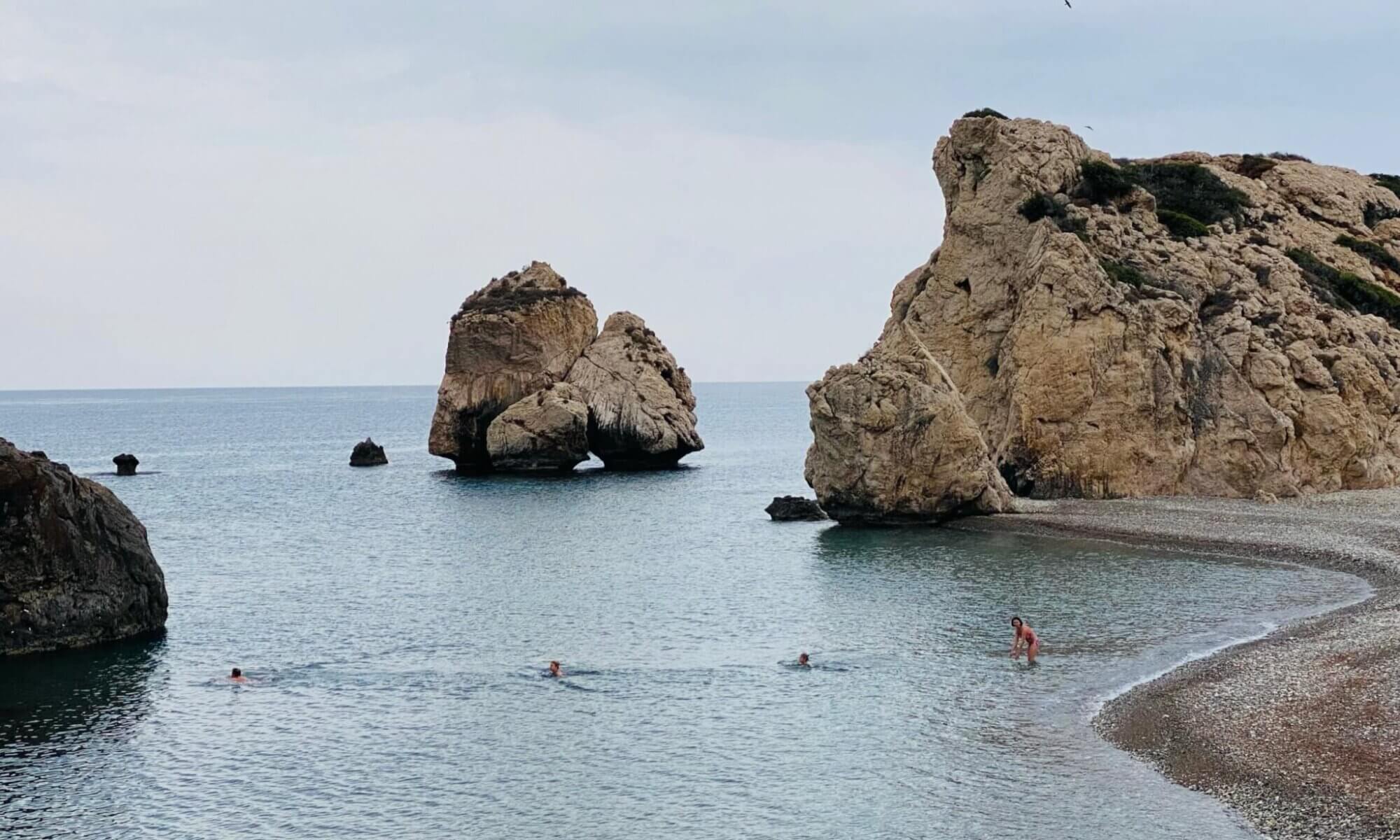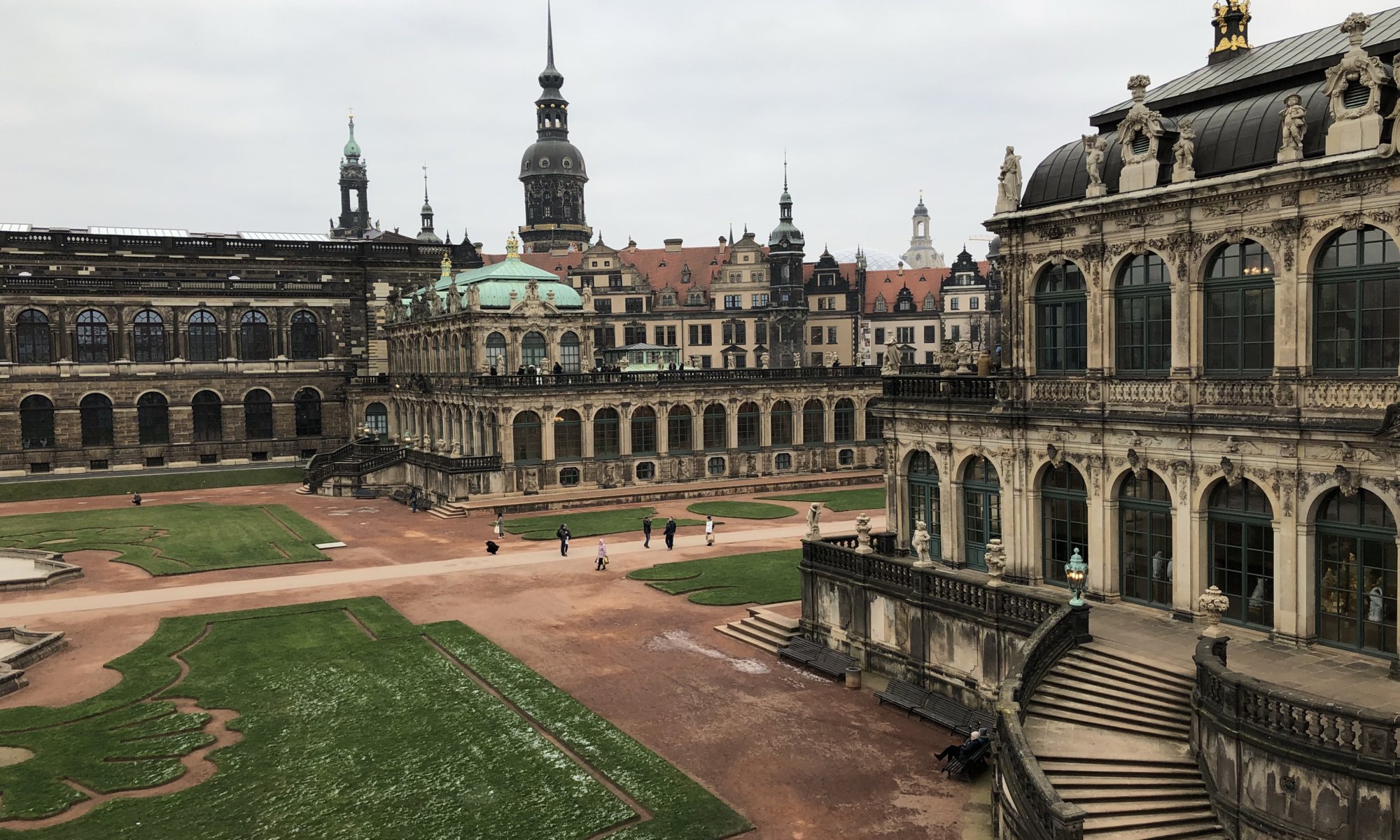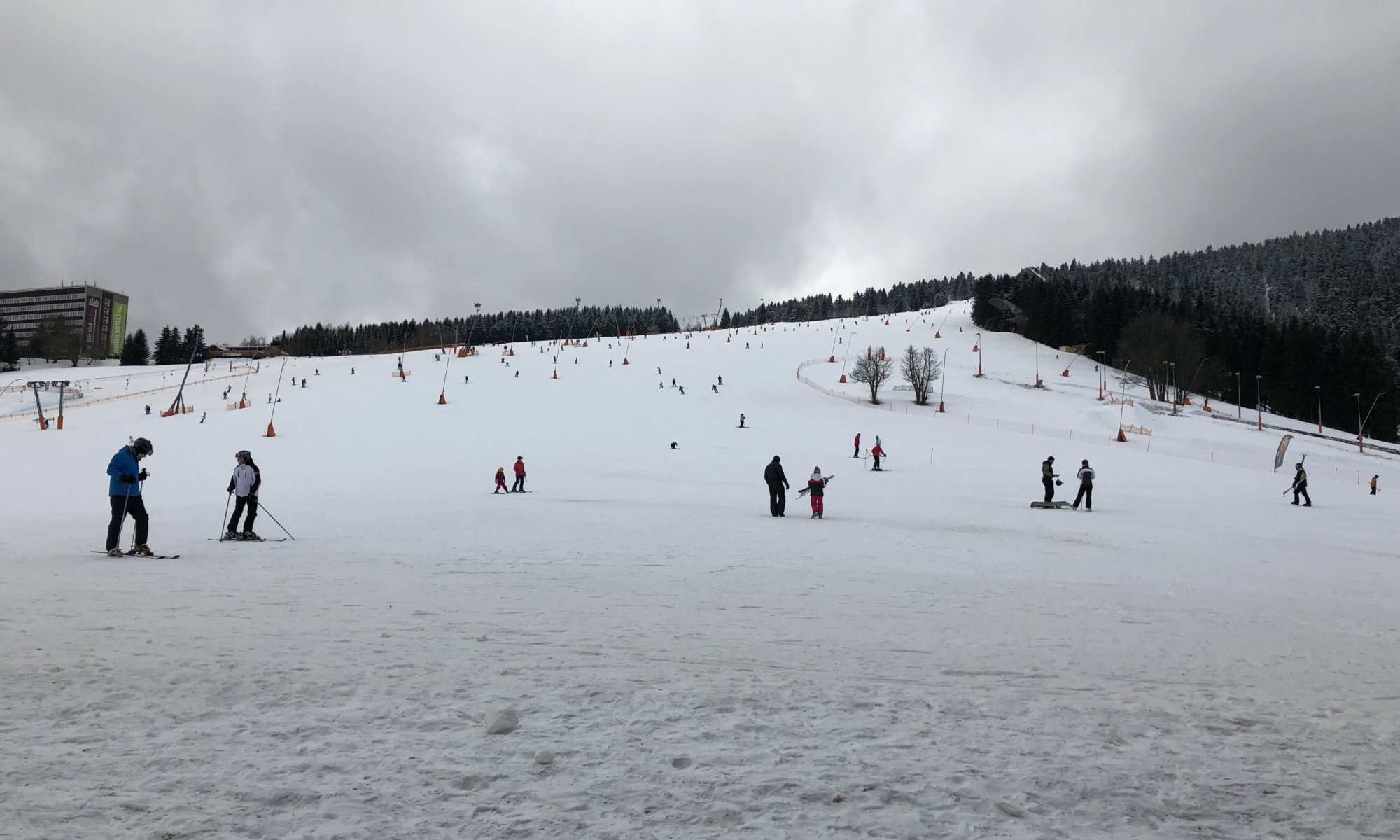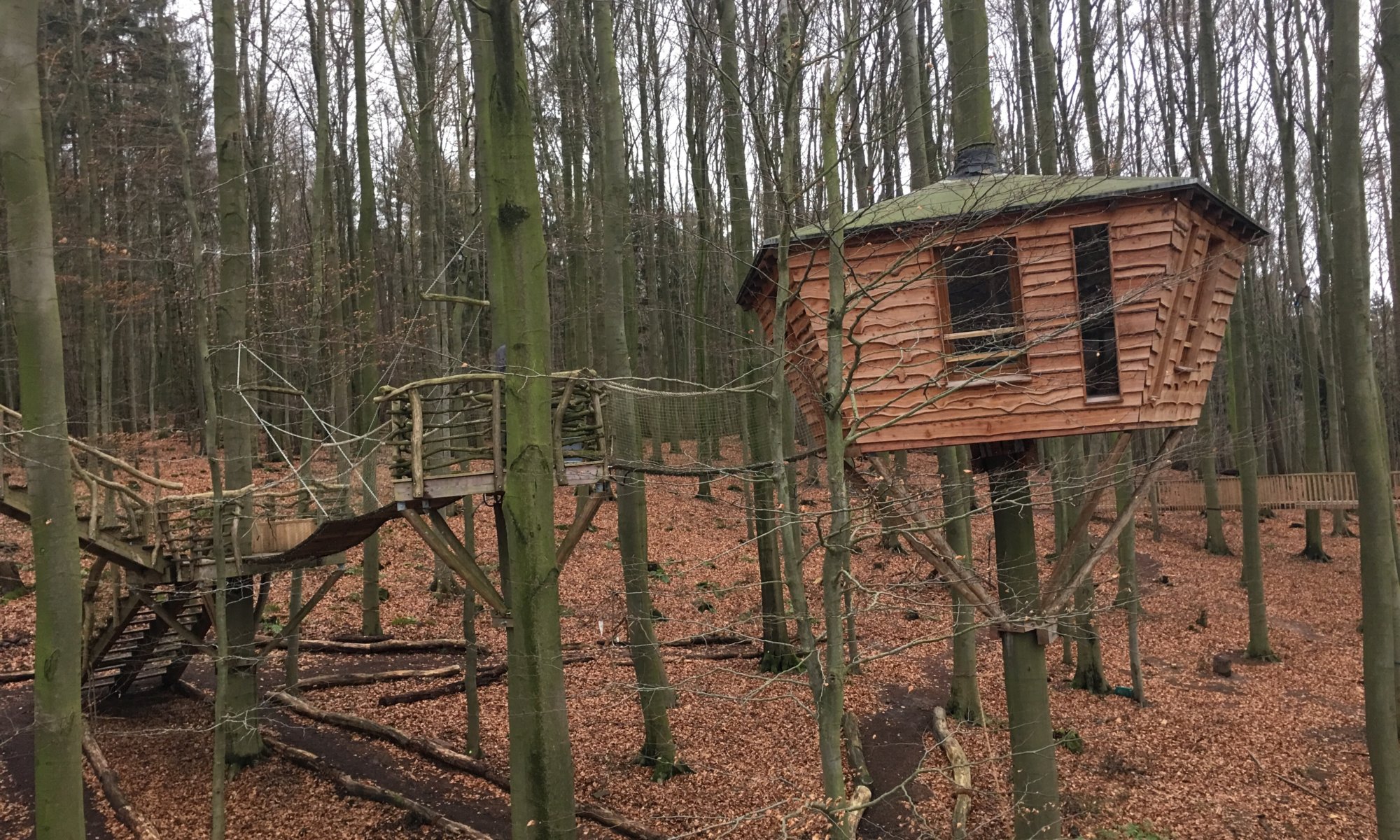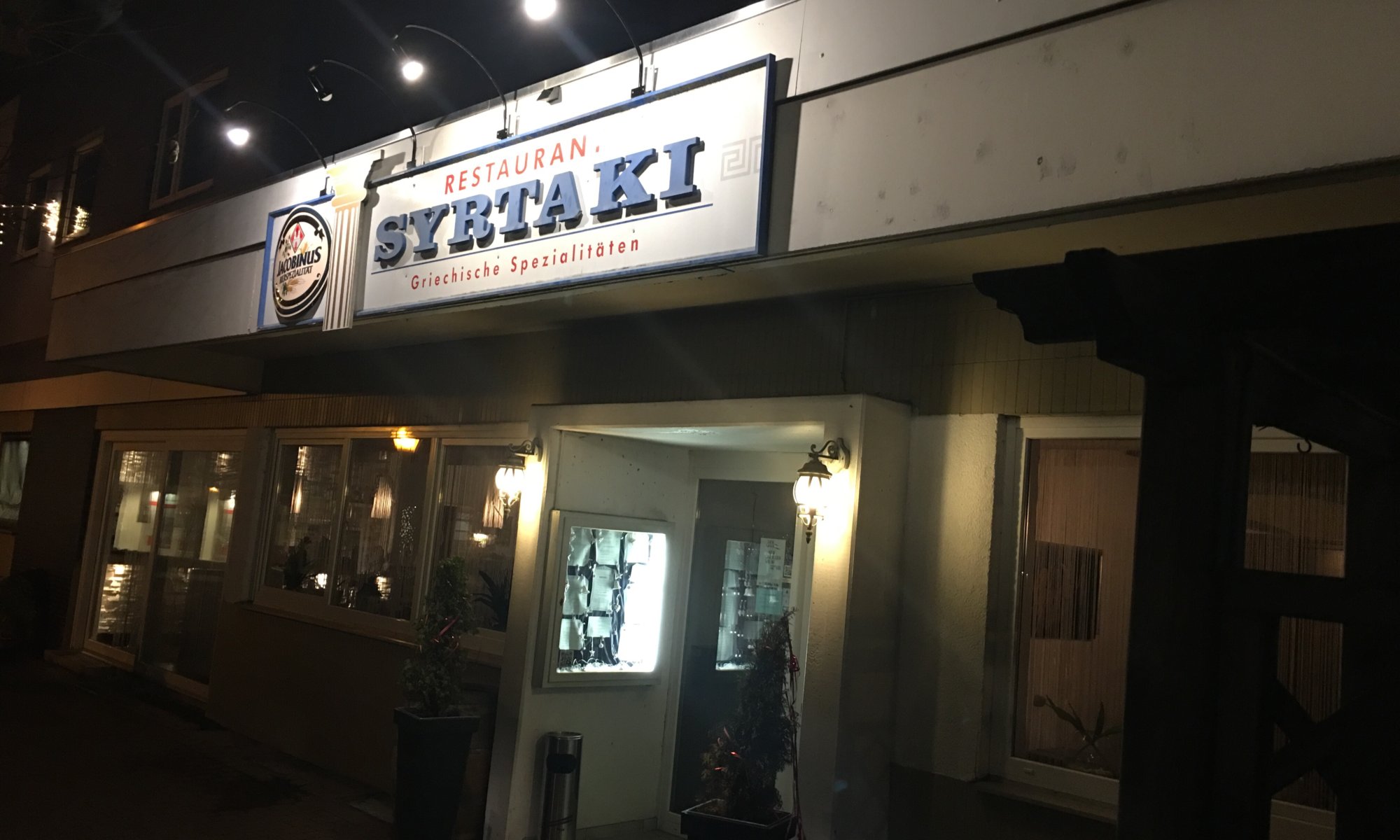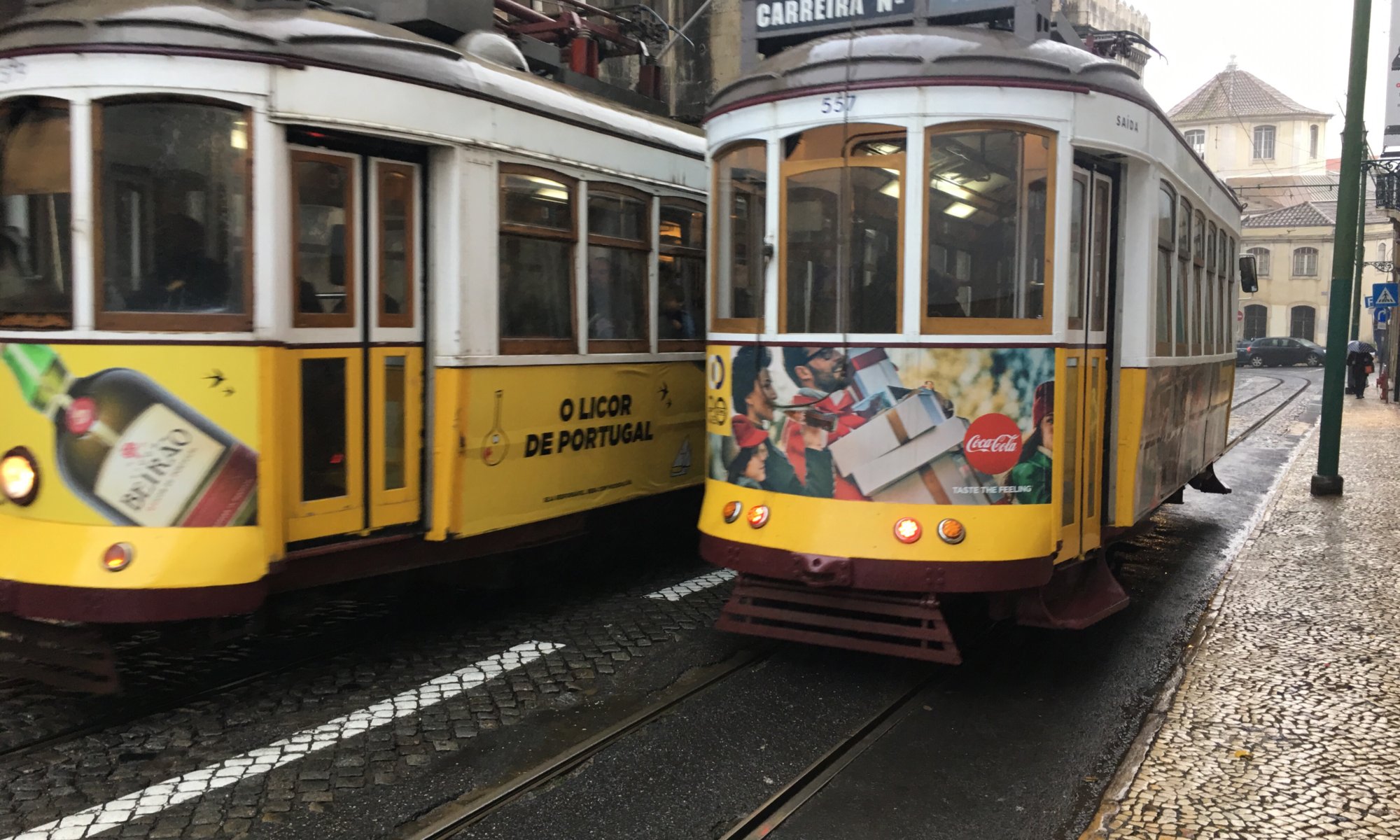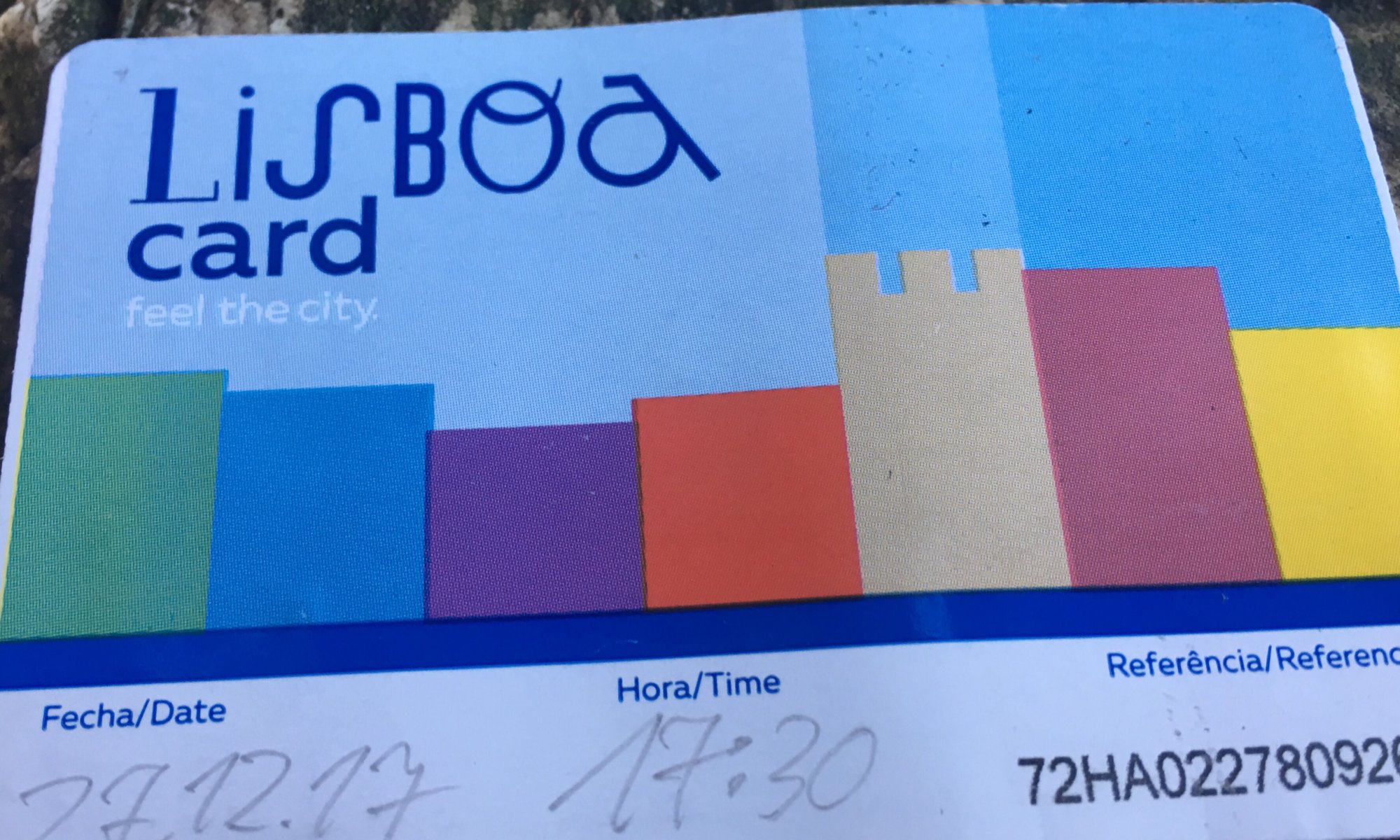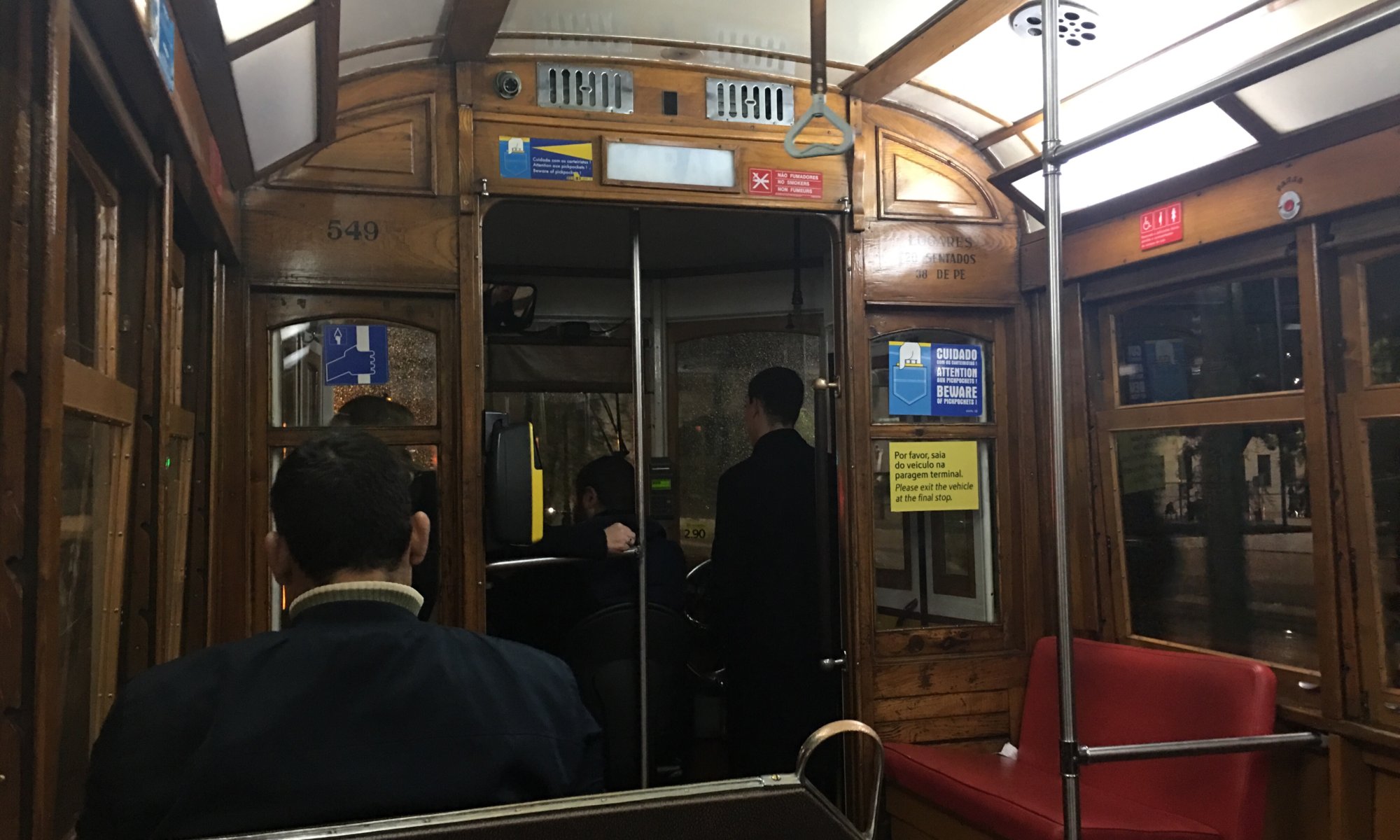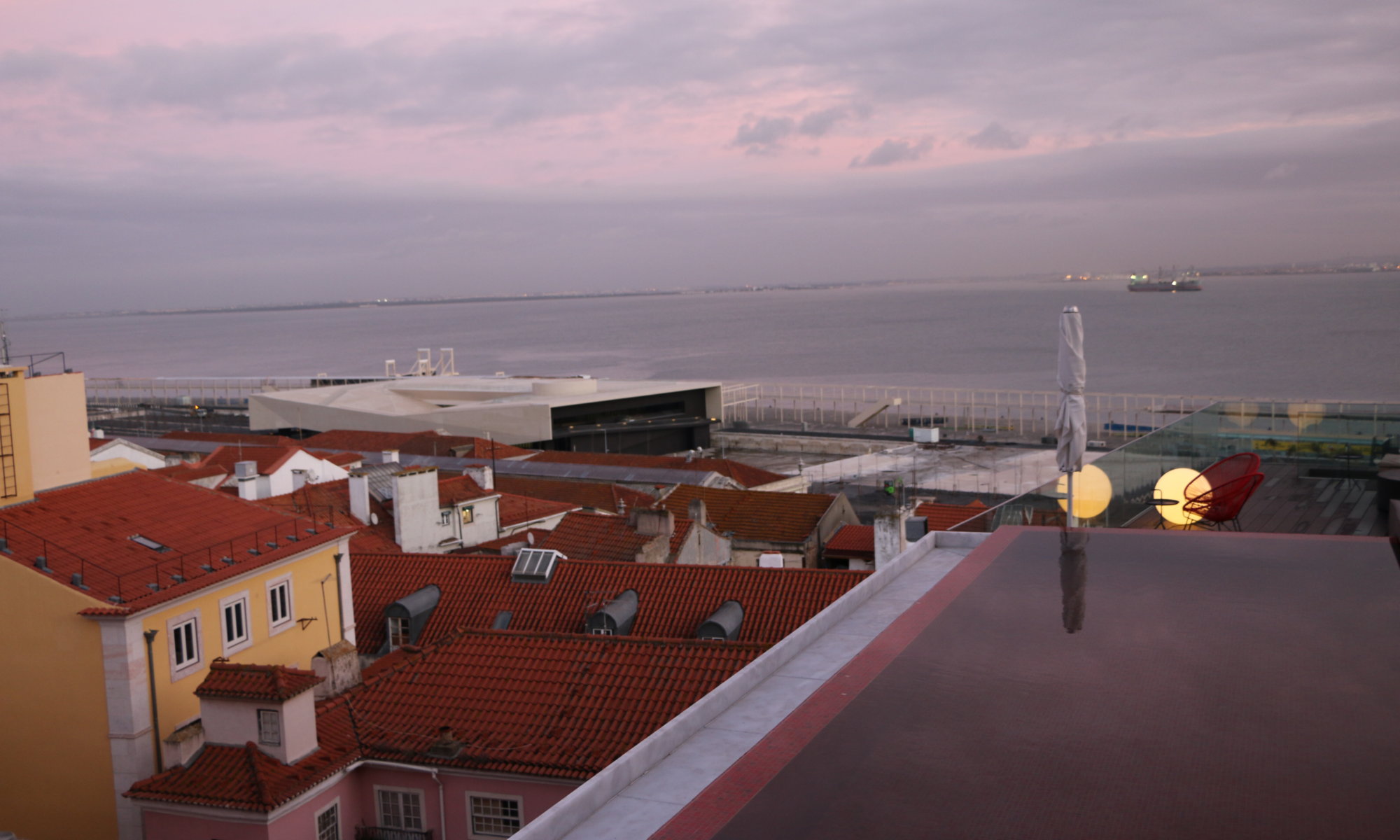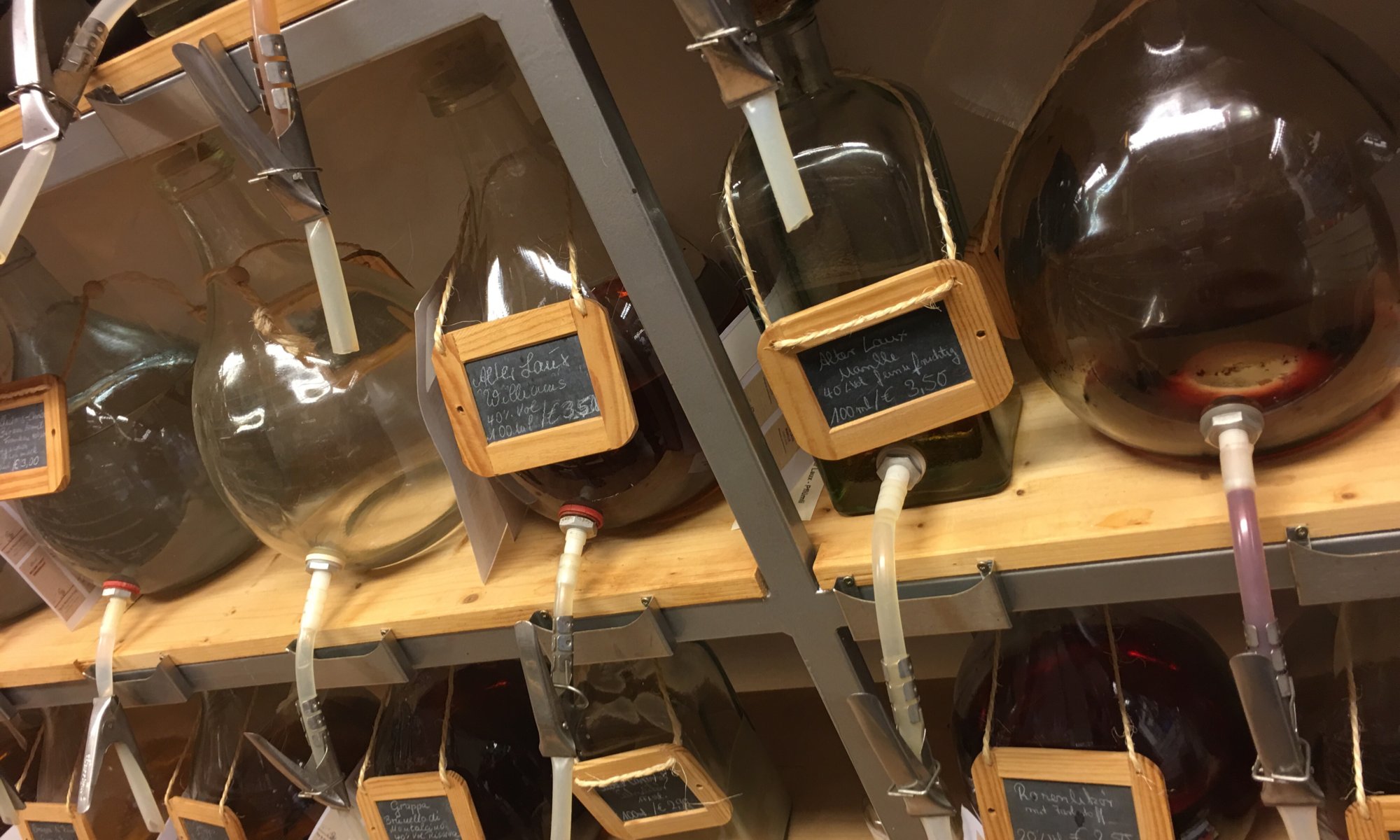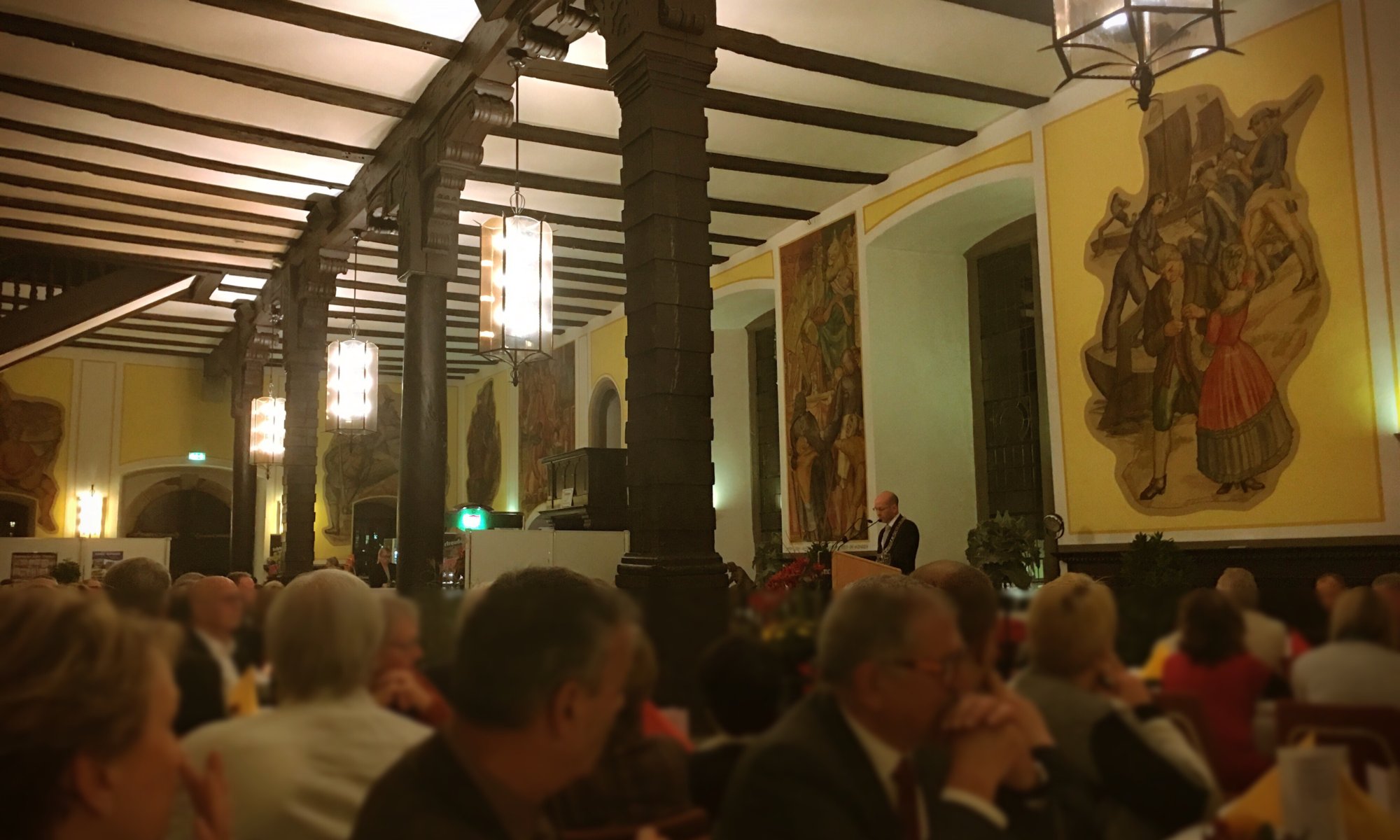I had to wait several years until I had the chance to attend a live concert of Mando Diao – a Swedish band I listened to intensively for many many years. And then I found a concert at the Alter Schlachthof in Dresden, Germany that fitted well. And that is why we started a road trip. Continue reading “Sweden meets Dresden”
Traveling for snow
This year we only had two days of snow at home and therefore decided that we need some more. We used two days of school holidays after the first school reports to have a four day long trip. At first we thought about the Bavarian Forest as a destination but then selected the Ore Mountains – because they are simply closer. Continue reading “Traveling for snow”
Hotel in the trees
When looking for a nice place for New Year’s Eve the Baumhaushotel Robins Nest came into my mind – an assembly of tree houses close to Schloss Berlepsch. We booked a tree house at a height of 5 meters between two birch trees. There we had our own terrace with good views on the castle and from which we could watch the fireworks. Continue reading “Hotel in the trees”
Syrtaki on New Year’s Eve
We were staying at the Baumhaushotel Robins Nest during this New Year’s Eve and enjoyed some nice hours in the treetops. To get something to eat we had to go to Witzenhausen, Germany – a nice small city close-by. Continue reading “Syrtaki on New Year’s Eve”
City on seven hills
I avoided to go to Lisboa, Portugal for several years. Not that I had bad feelings about the country – it was just that so many people I know travelled there and I was searching for places less known. But after I went to Brazil and found out that Portuguese is one of the best sounding languages and after I visited a Portuguese town (Paraty, Brazil) there I developed the desire to see the capital of this country. Continue reading “City on seven hills”
Lisboa Card
The Lisboa Card is the tourist card of Lisboa, Portugal and it is always discussed if buying it is sensible. It is available for 24/48/72 hours at a price of 19/32/40 Euros. You can use public transport (including elevators and trains) as often as you like, some sights can be accessed free of charge and at other locations you get discounts of most often 20 percent. Continue reading “Lisboa Card”
Getting around in Lisboa
Finding your way through Lisboa, Portugal using public transport is easy but involves a wild mix of vehicles and systems. We bought a Lisboa Card and were therefore able to use most of them free of charge – simply by holding the card in front of a validation system. Always remember: enter in front, exit in the rear. Continue reading “Getting around in Lisboa”
Memmo Alfama Hotel
The Memmo Alfama Hotel is a wonderful boutique hotel in the city quarter Alfama of Lisboa, Portugal. It is a hidden gem at the end of a backstreet close to the Catedral de Sé. The have rooms with good views on the city quarter and a fantastic terrace with pools. Continue reading “Memmo Alfama Hotel”
Gourmet temple
If you want to buy presents in Hann. Münden, Germany then the Tee & Weinhandel Beuermann is a good choice. It is a very narrow shop in the center of Hann. Münden close to St. Blasius and the town hall. Most people know it because they put a miniature railway and a loudly snoring Santa Claus into their shop window in the weeks before Christmas. Continue reading “Gourmet temple”
Stapelmahlzeit
The city of Hann. Münden, Germany was once an important trading city and the richness gained in these times is still visible through the wonderful buildings in the city center. This situation roots back to the year 1247 CE when the city received the so called Mündener Stapelrecht from duke Otto I. Continue reading “Stapelmahlzeit”
